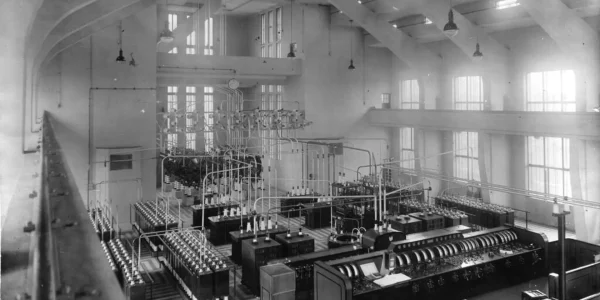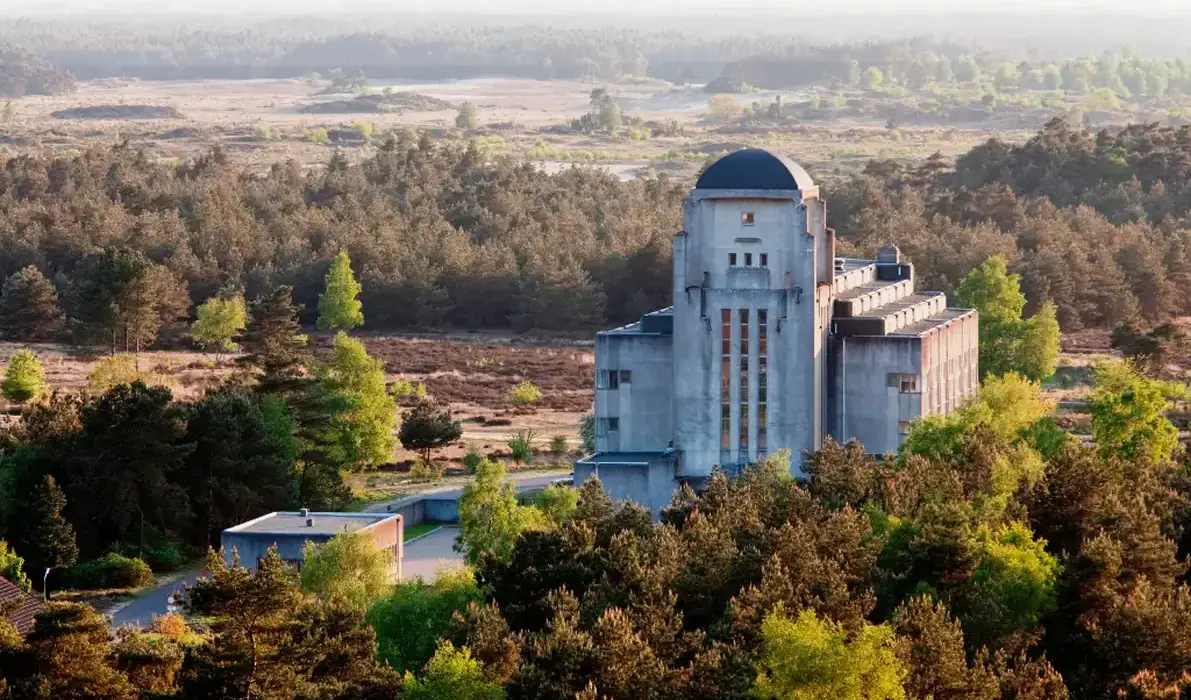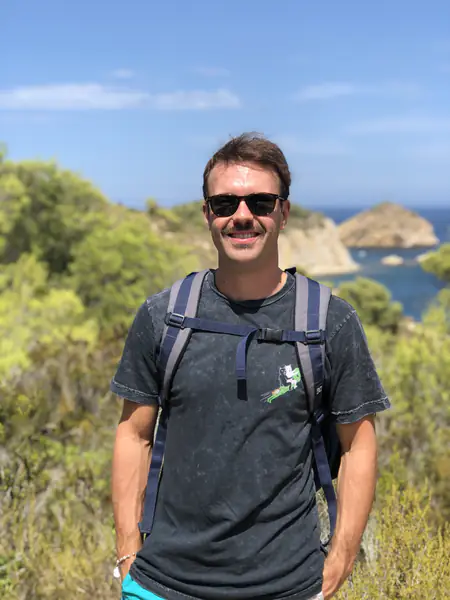
Kootwijk: A Glimpse into the Past 🏜️
“To begin with, travelers starting in Kootwijk are greeted by the expansive Kootwijkerzand, the largest sand drift in Western Europe. This unique landscape, often referred to as the “Sahara of the Netherlands,” provides a surreal backdrop for the beginning of the journey.
A notable landmark here is Radio Kootwijk, a monumental building constructed in the 1920s. Originally serving as a radio transmitter station facilitating communication between the Netherlands and its colonies, this architectural marvel stands as a testament to early 20th-century engineering.
Hoenderloo: Gateway to De Hoge Veluwe 🖼️
Next, as travelers proceed towards Hoenderloo, they enter the realm of De Hoge Veluwe National Park. Spanning over 5,000 hectares, the park boasts a rich tapestry of forests, heathlands, and sand dunes. It’s also home to the renowned Kröller-Müller Museum, which houses the world’s second-largest collection of Vincent van Gogh paintings.
Otterlo: Artistic and Natural Splendor
Furthermore, the village of Otterlo serves as another gateway to De Hoge Veluwe. Beyond its proximity to the national park, Otterlo played a role during World War II, notably during the Battle of Otterlo in April 1945, marking one of the final conflicts on Dutch soil.
Harskamp: Tranquil Countryside Charm
Finally, concluding the journey in Harskamp, travelers can immerse themselves in the serene Dutch countryside. The village offers a peaceful retreat, with traditional farms and open fields painting a picturesque scene.
In summary, this route through Kootwijk, Hoenderloo, Otterlo, and Harskamp encapsulates the essence of the Veluwe region. From the shifting sands of Kootwijkerzand and the historical significance of Radio Kootwijk to the artistic treasures of the Kröller-Müller Museum and the tranquil landscapes of Harskamp, each segment offers a unique experience. Traversing this path not only connects travelers to the natural beauty of the Netherlands but also to its rich cultural and historical tapestry.



